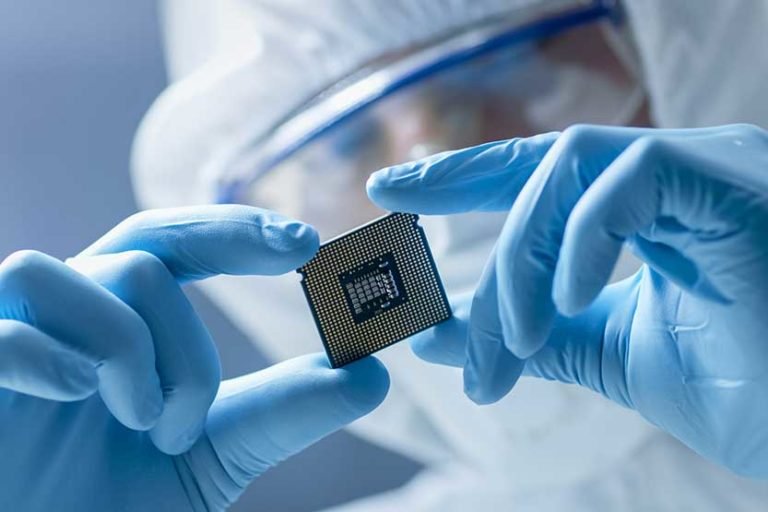Developing Purpose-Built IT Hardware For Healthcare
As seen in Healthcare Guys. Click here for article.
The medical industry has always had a strong incentive to increase efficiency by incorporating new technology into care. Improving efficiency reduces operating costs as well as errors, and increases positive outcomes. It makes sense that information technologies (IT), with their almost limitless potential to streamline processes at all levels of care, have been readily embraced by the medical community over the last several years. However, there are certain challenges posed by the use of IT in a medical setting. These range from practical concerns such as sterilization, to more complex issues of workflow, data security and theft protection.Advantech, a leading provider of purpose-built medical IT devices, has been able to create a series of successful medical IT solutions by developing a holistic approach to product design. This begins with a thorough assessment of the specific environment in which the device will be used and the needs that it will have to meet. Some of the challenges inherent to medical use are foreseeable, and more or less intrinsic to a medical context. Among these, infection control properties rank high; infections transmitted within a hospital, not only put patients at obvious risk but result in significant cost to the provider through lost reimbursement. It is imperative that a device can stand up to frequent cleaning without deterioration or loss of function, which standard devices simply can’t do. Breakage represents another basic problem and parameter that consumer-grade electronics can’t satisfy without costly cases that retrofit consumer devices to healthcare standards or consumer cases that present a whole new set of infection control concerns.
Medical IT requires meaningful investment, as well as patient trust, so theft prevention is a high priority. The loss of a device can be expensive, but can also potentially involve serious privacy concerns when data is compromised. Measures to address this issue can be as sophisticated as creating organization-specific Basic Input/Output Systems (BIOS) to eliminate unauthorized use and disabling USB function to prevent the easy duplication of data, or as simple as customizing the physical appearance of a device to make it less attractive or more easily identifiable. Mobile Device Management (MDM) software can also help alleviate these concerns.
In some cases, medical providers will have previous trial-and-error experience with IT devices and will know some of the specifications that are required for their unique application. Use in a non-clinical area will be different from use in an operating room where a fanless design becomes critical to prevent the circulation of pathogens. The ability of a device to be customized allows for a higher-performing and more efficient ecosystem.
Beyond these considerations, Advantech will also study the individual requirements of use within each care setting and customize accordingly; each organization will have particular workflow and cost requirements as an example. A result of Advantech’s years of experience working with health systems and medical device developers is its 60601 medically certified AIM 55 tablet. The AIM-55 is was built from the ground up to meet the needs of healthcare. The tablet is sealed, can stand up to hospital grade cleaning agents, can get wet, be dropped, and be utilized while gloved. These built-in features can be “personalized” in a variety of ways with a diverse array of extension modules such as a barcode scanners, magnetic stripe or smart card readers and RJ45 connector, creating a highly adaptable and powerful device which meets the granular needs of a broad range of healthcare organizations from administration to surgery.

